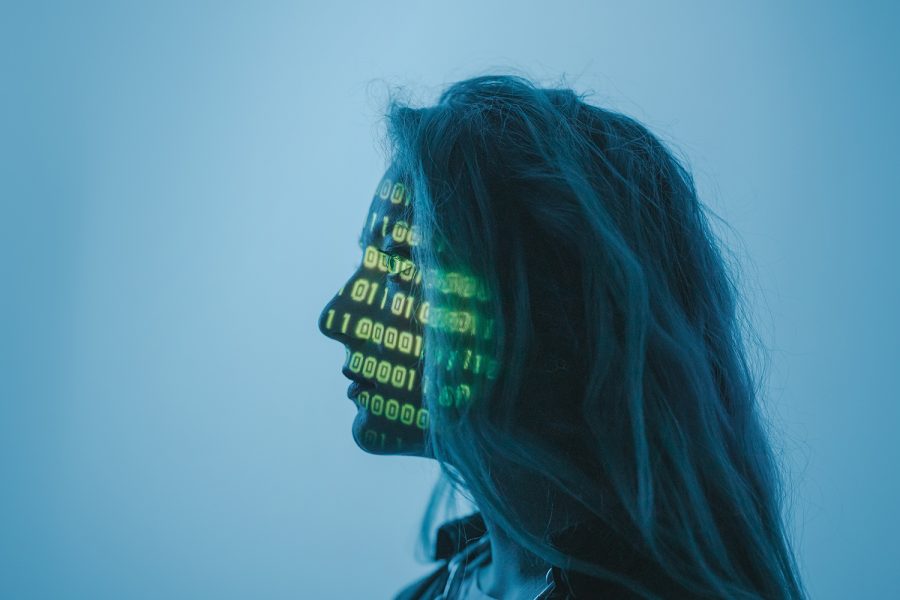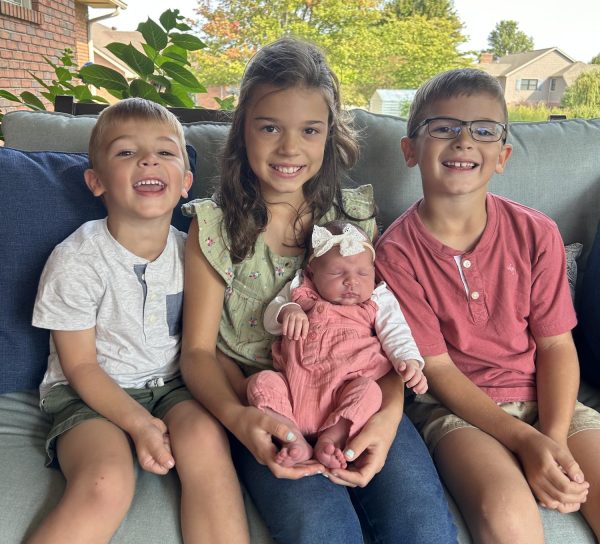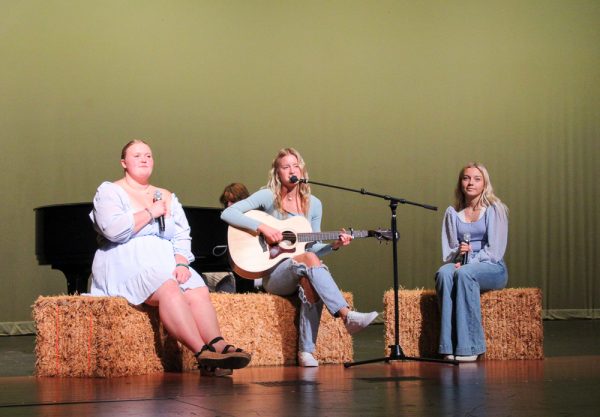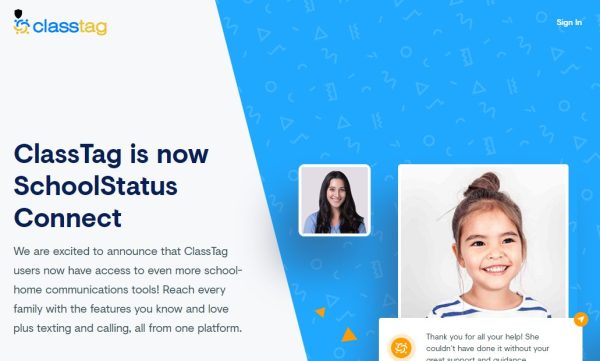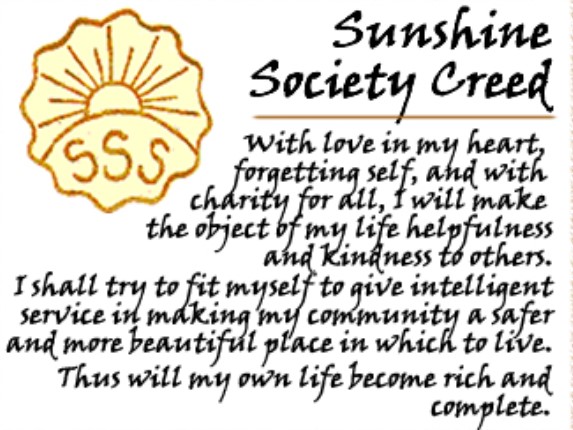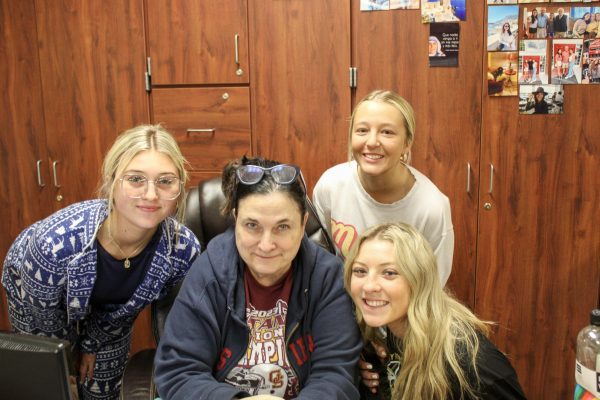Education and ChatGPT, a conundrum
As artificial intelligence, AI, continues to develop, what does that mean for the world of education?
ChatGPT is an artificial chat tool developed by OpenAI. Users enter a prompt for the AI tool and ChatGPT will write a response to the prompt. It is not the first of its kind, but it is probably the best.
The chat bot’s skill is raising eyebrows in the educational space. Educators worry whether it is a good or bad tool for their students to be using. Students could use the chat tool to cheat on assignments or even write entire essays for them.
“It’s easy to understand why educators feel threatened,” said Kevin Roose, a reporter for The New York Times in a story titled “Don’t Ban ChatGPT in Schools. Teach With It.””ChatGPT is a freakishly capable tool that landed in their midst with no warning, and it performs reasonably well across a wide variety of tasks and academic subjects. There are legitimate questions about the ethics of AI-generated writing, and concerns about whether the answers ChatGPT gives are accurate.”
Students are already cheating. Ian Gamroth, English teacher at Gibson Southern High School, drew the likely comparison between AI and the plagiarism that already happens in the classroom. The worry is that the AI will make it easier for students to do so, and with little to no tools to combat it.
“There is definitely the threat of people abusing it,” Gamroth said. “Much like the ability to plagiarize now, I think that not everyone uses plagiarism checkers. A lot of the time the majority of students do what they’re supposed to do. I don’t see it being an ‘epidemic’ level problem with people using ChatGPT, or any AI system, to fraudulently make their way through the educational system.”
While not always accurate, the chat tool does have safeguards in place that limit the bot in what it can say in relation to potentially harmful subjects, like scamming or hateful rhetoric. And, credit deserves to be given to the programmers who were able to put these safeguards in place because they are effective in keeping the chat bot relatively safe. So much so that Elon Musk is developing his own AI chat tool in order to bypass these functions, creating a non-woke AI.
“The danger of training AI to be woke—in other words, lie—is deadly,” Musk tweeted in December, soon after ChatGPT’s launch.
So, the filters blocking AI from doing this likely will not be around much longer. This highlights another problem with the tool. Who is to say what is wrong and right? How will humans decide how to justly use a tool that can chat and influence other people? Time will only tell how AI will grow and develop. In the chat and educational space, it is shaking things up already, and though it may be a long way from imitating humans in many ways, it is closing the gap.
As for Gamroth’s feelings of the tool, and whether or not it is viable to be used to replace human writing, he figured that human writing will always be distinct in some way, and perhaps it is catching up, but the gap will always be there.
“It’s not going to have the same heart, the same feeling, as someone writing something themselves,” Gamroth said. “I don’t want to sound uppity, but it’s kind of like … people love the warmth of vinyl when they listen to music, and I think it won’t have that warmth to the writing.”
Your donation will support the student journalists of Gibson Southern High School. Your contribution will allow us to purchase equipment and cover our annual website hosting costs.

Luke Appman is a senior at Gibson Southern High School. He is a third year writer for "The Southerner" and current editor-in-chief. Appman is captain and...

